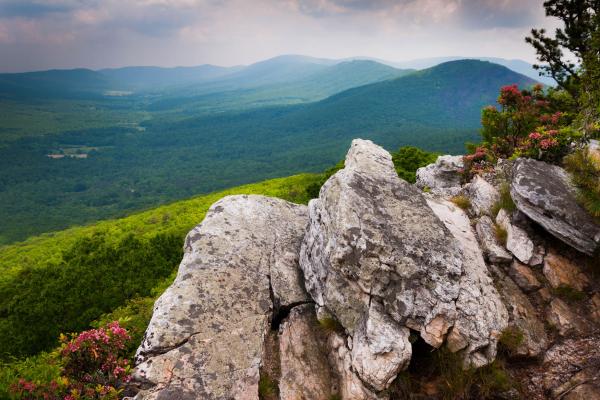Virginia
Andrew Woods
Eastern treasure trove of history and nature
Because the region has played host to centuries’ worth of development and deterioration from the European colonial period on, the eastern U.S. is sometimes thought to be bereft of wild nature. The state of Virginia reminds us that’s not necessarily the case. From a section of the iconic Appalachian Trail to the estuarine boater’s paradise of the Chesapeake Bay to the east, the Old Dominion State is filled with well-loved recreation landmarks and spots with deep historical and cultural significance.
Unfortunately, Virginia’s wildlands and historic sites face many challenges. The planned Mountain Valley Pipeline would cut through national forest land and imperil drinking water for nearby communities, while flooding and other climate change effects threaten to overwhelm landscapes like the Great Dismal Swamp, home to both a stop on the Underground Railroad and important wildlife habitat.



